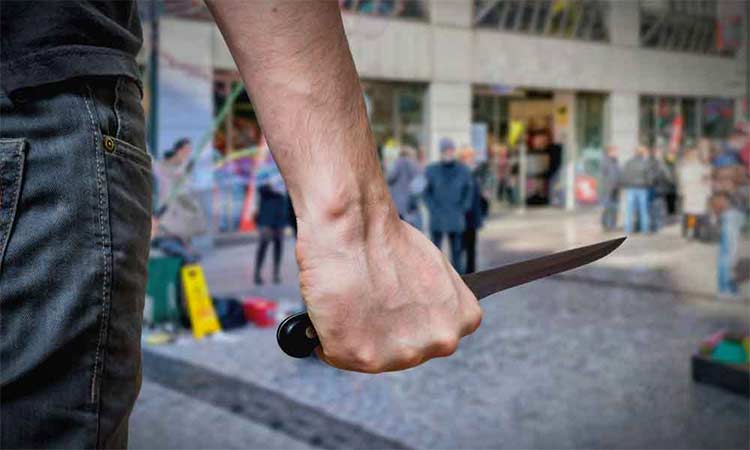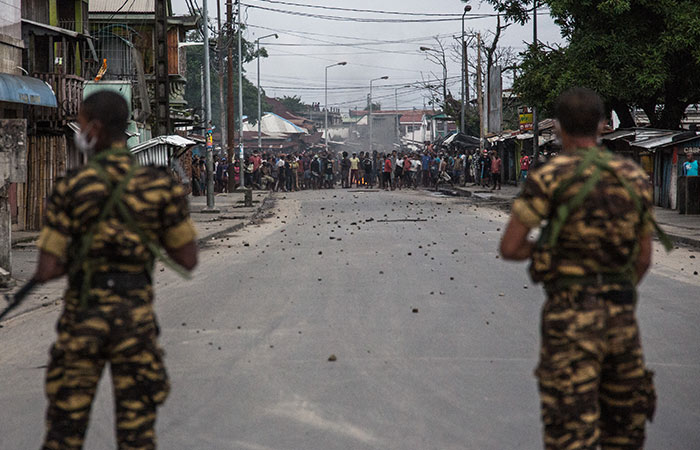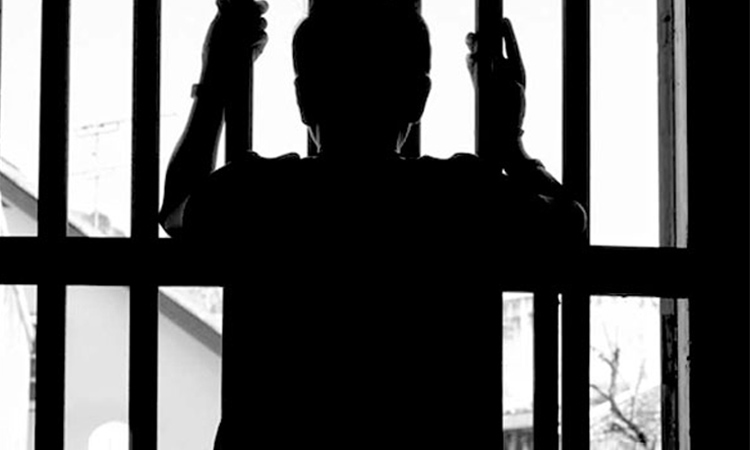I was stabbed and in a gang at school

Illustrative image.
Mohamed Abdallah, The Independent
The two young men stopped me on my way home. I was near my home in southeast London, walking back after a long day of work at about 7pm in the evening.
Give me your phone, he says.
Ridiculously, I reply “no”. I was too old for this kind of thing. I knew people like this. I had once known people like this too well.
I said again, I’m not going to give you my phone. That’s when I thought he was punching me very hard in the leg. But it wasn’t a punch. He had stabbed me with a knife.
There was a tussle between us, and this guy and his friend ran off. It wasn’t until I got home I began to process what had happened, and I called an ambulance.
Last week, the government announced a “crackdown against organised criminal gangs”. The home secretary, Suella Braverman, has launched a consultation on this.
The Home Office is proposing that police “ruthlessly pursue” criminal gang members, “maintain grip” on the area, and then “build” the community to be more prosperous.
I’m not here to say if that’s the right approach or not. But I hope my experience gives an insight into how you make a real difference to young people who are most likely to be affected by gangs. I am a school leader, working with students who experienced real vulnerability and disadvantage. I’m also one of the few school leaders with personal experience of gangs.
A close relative of mine was in a gang in south London. When I was a child, people would come up to me and my brothers and ask us to pass on messages to this relative. Sometimes they were threatening messages.
One time, in retaliation, a group of boys broke into our home and attacked our family with a hammer, and threw another relative down the stairs. Fortunately, there was no long-lasting physical damage, but seeing that as a child had a long-lasting emotional impact.
In school, me and my brothers never showed anything that was going on outside the gates. We were quiet children, who behaved pretty well. None of the teachers knew what was going on.
That’s because there was a culture of “what happens at home stay at home”; and that mentality was very strong.
As a result, and because we didn’t present with challenging behaviours, the teachers thought we were good kids with good lives. They assumed we just hung out with some “bad kids” — but these other students weren’t bad children. They were our friends, caught up in very tricky circumstances. Of course, all the stress did impact me. I didn’t do very well in my GCSEs, which was a surprise, because I had been good in school when I was younger. But I just wasn’t engaged. My mind was often elsewhere, because I was on the periphery of these gangs. You will have heard of county lines, which describes drugs being transported from one area to another (often from the city to countryside), usually through children.
That is not a new phenomenon. Anyone my age who grew up like I did will tell you that’s not new at all. Buying you trainers, nice food, a new coat, offering protection — this was all happening when I was a teenager. It was to groom children into transporting drugs and entering gang life.
I have friends who were murdered. I have friends with significant mental health issues. I have close friends who have been in and out of prison.
What was different for me?
I was lucky enough that I had a family who were financially okay. I had many more opportunities presented to me, and that was a stronger pull than the gang (which is like a replacement family for some people). My friends without that kind of financial stability and access to opportunities fell into gangs.
So of course, we can do “crackdowns” on criminal gang leaders. But as long as there are children out there without real opportunities to realise their purpose, there will be criminal gang leaders waiting to offer alternatives.
There is a way to break the cycle, though, and that is to really understand these children when they go through the one place we are able to meet them on their level — school.
But too many of us in school talk about these children as “vulnerable”. We describe their communities as being “disadvantaged”, “broken” or “destitute”.
Although well intentioned, this deficit approach causes unintended harm to these children and their communities. Firstly, it defines children and their communities by what they don’t have rather than what they have in abundance. An abundance of connections, relationships, knowledge, qualities and skills that make them incredibly resilient in the face of challenge.
Secondly, children and their communities internalise the idea that they are “vulnerable”, “disadvantaged” or “broken”, and that they can only be fixed by others who are from the outside of their community.
Another problem is that we have schools staffed by adults who are unfamiliar with the local community.







